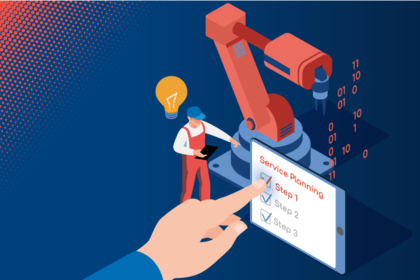Service Information System (SIS) for plant operators and manufacturers
Published:
2021-01-15
Updated:
2025-03-31
Do you work for a manufacturing company or operate machines, plants or vehicle fleets? If so, you are probably familiar with the following situation: You use machines, plants and equipment from different manufacturers, who provide information on spare and wear parts as well as documentation on repair, maintenance and servicing procedures in various media and formats.


